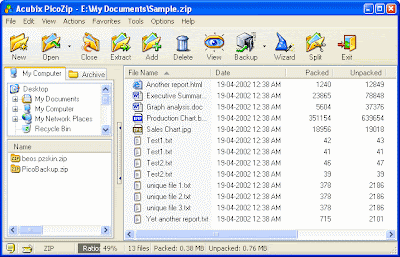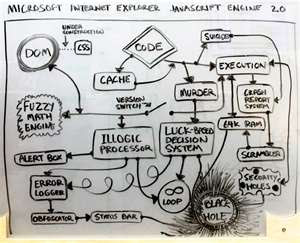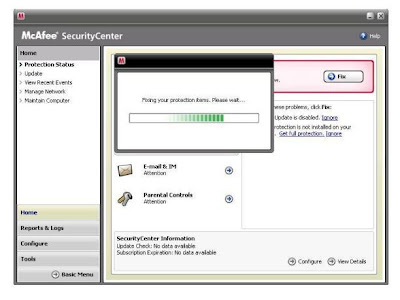Modulation
- Modulation is the addition of information to an electronic or optical signal carrier.
- Modulation can be applied to direct current mainly by turning it on and off, to alternating current, and to optical signals.
Bandwidth
- Bandwidth, the width of the non-zero terms around the diagonal of a matrix.
- Bandwidth or analog bandwidth, frequency bandwidth or radio bandwidth is a measure of the width of a range of frequencies, measured in hertz.
- Bandwidth in computing or digital bandwidth is a rate of data transfer, bit rate or throughput, measured in bits per second. - Network Administrator is a person who manages a local area communications network or wide area network for an organization.
Node
- Node is a connection point, either a redistribution point or an end point for data transmissions.
- A node has programmed or engineered capability to recognize and process or forward transmissions to other nodes.
- Client is the requesting program or user in a clinent or server relationship.
- The user of a Web browser is effectively making client requests for pages from servers all over the Web.
- The browser itself is a client in its relationship with the computer that is getting and returning the requested HTML file.
Server
- Server is the relationship between two computer programs in which one program, makes a service request from another program, the server, which fulfills the request.
- The server model has become one of the central ideas of network computing.
- In the usual client/server model, one server, sometimes called a daemon, is activated, awaits client requests.
Network Operating Systems
- Operating system (OS) is software that consisting of programs and data, that runs on computers, manages computer hardware resources, and provides common services for execution of various application software.
- This is the most important type of system software in a computer system.
- Without an operating system, a user cannot run an application program on their computer, unless the application program is self booting.
Network Administrator
- It's include network security, installing new hardware and applications, monitoring software upgrades.
- Daily activity, enforcing licensing agreements, developing a storage management program and providing for routine backups, not to mention ensuring that it is up and running all the time.
- Modulation is the addition of information to an electronic or optical signal carrier.
- Modulation can be applied to direct current mainly by turning it on and off, to alternating current, and to optical signals.
Demodulation
Bandwidth
- Bandwidth, the width of the non-zero terms around the diagonal of a matrix.
- Bandwidth or analog bandwidth, frequency bandwidth or radio bandwidth is a measure of the width of a range of frequencies, measured in hertz.
- Bandwidth in computing or digital bandwidth is a rate of data transfer, bit rate or throughput, measured in bits per second. - Network Administrator is a person who manages a local area communications network or wide area network for an organization.
TCP/IP
- TCP/IP stand for Transmission Control Protocol/Internet Protocol.
- It is the basic communication language or protocol of the Internet. It can also be used as a communications protocol in a private network either an intranet or an extranet.
- TCP/IP is a two-layer program.
- TCP/IP uses the server model of communication in which a computer user requests and is provided a service by another computer in the network.
- TCP/IP communication is primarily point-to-point, meaning each communication is from one point in the network to another point or host computer.
- TCP/IP stand for Transmission Control Protocol/Internet Protocol.
- It is the basic communication language or protocol of the Internet. It can also be used as a communications protocol in a private network either an intranet or an extranet.
- TCP/IP is a two-layer program.
- TCP/IP uses the server model of communication in which a computer user requests and is provided a service by another computer in the network.
- TCP/IP communication is primarily point-to-point, meaning each communication is from one point in the network to another point or host computer.
Node
- Node is a connection point, either a redistribution point or an end point for data transmissions.
- A node has programmed or engineered capability to recognize and process or forward transmissions to other nodes.
Client
- The user of a Web browser is effectively making client requests for pages from servers all over the Web.
- The browser itself is a client in its relationship with the computer that is getting and returning the requested HTML file.
Server
- Server is the relationship between two computer programs in which one program, makes a service request from another program, the server, which fulfills the request.
- The server model has become one of the central ideas of network computing.
- In the usual client/server model, one server, sometimes called a daemon, is activated, awaits client requests.
- Operating system (OS) is software that consisting of programs and data, that runs on computers, manages computer hardware resources, and provides common services for execution of various application software.
- This is the most important type of system software in a computer system.
- Without an operating system, a user cannot run an application program on their computer, unless the application program is self booting.
Network Administrator
- It's include network security, installing new hardware and applications, monitoring software upgrades.
- Daily activity, enforcing licensing agreements, developing a storage management program and providing for routine backups, not to mention ensuring that it is up and running all the time.














































